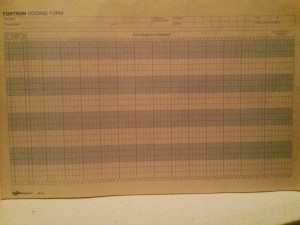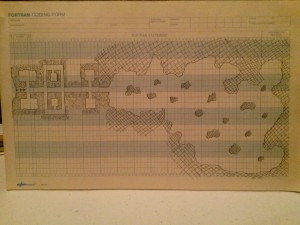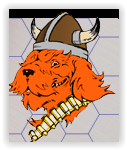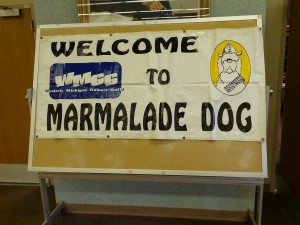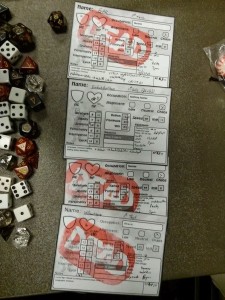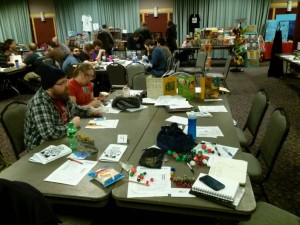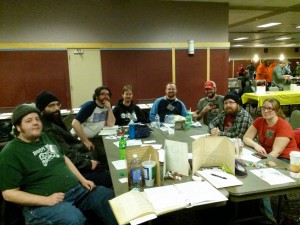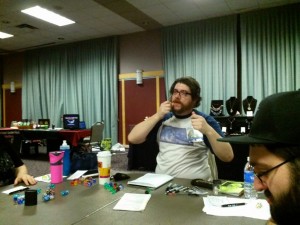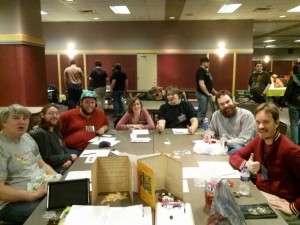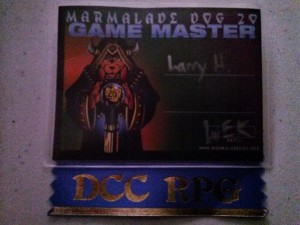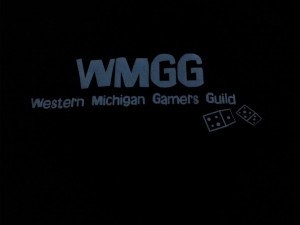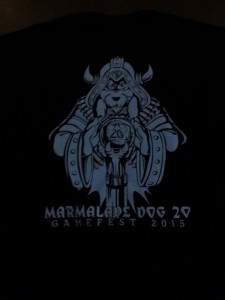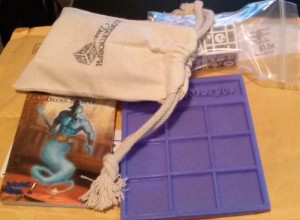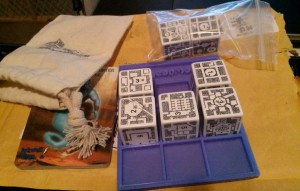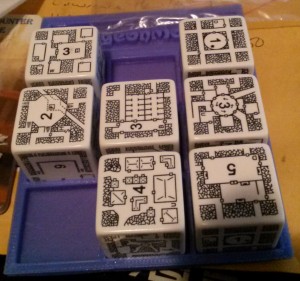I have been part of a weekly Wednesday night AD&D First Edition game via Roll20 and Google Hangouts since March, 2014. With the exception of the DM taking a two week vacation in the summer and two weeks off over Christmas and New Year’s we have met every week. I was late to one session because I was travelling for work and another session because I had to take something to my son at the hospital the day after my granddaughter was born. There are two other players that have been with the campaign since it started. Weather was a factor a few times with thunderstorms causing delays. A few times either Roll20 or Google Hangouts had technical issues, but we have kept at it.
Our session last week was the first time that one original player missed and only two of the current six players showed up. Several important decisions for group action were needed, so we decided not to play. That is an impressive track record for a weekly session to only have one session flop, and it was session 44.
The DM, John, just started a blog, Dwarven Automata, about his design process. He also wrote up one of the hexes in Tenkar’s Landing, featuring dwarven automata.
It is a true sandbox where the players can go and do whatever they want. There will be consequences and repercussions of actions that we can’t know. We just make what seems to be the best decision we can based on the limited information we have. A few times we have surprised John with some of our decisions, but he rolled with it. The party set off to go explore some ancient dwarven ruins, and keep getting ourselves sidetracked with other things. We keep getting involved in politics and being heroes, so we are our own worst enemies to getting to our main goal. We can’t do it all, but we sure try to do most of it. Actions taken in the first few sessions have had an impact on sessions numbered into the 30’s and 40’s. It is interesting to see it play out as the players get the information they need to tie it all together.
For example, my character, Thorfus Ironhand, a dwarven fighter, thought one NPC was behind some men hired to kill the party. It turned out to be a different NPC that the party did some work for, and was involved in a major plot in the city. Because of that misunderstanding, I had the party focused on the wrong person, when we should have been focused on something else. This is much like things are in real life. We see something and make assumptions based on what is before us. This has made the campaign that much more believable and immersive.
John uses theater of the mind, so the only maps are quick sketches using the Roll20 drawing tools. As with most AD&D DMs, John makes certain rolls like moving silently or checking for traps and secret doors. These rolls occur with the sound of dice rolling on his desk with our fate unknown. This is an ominous sound. The results are only revealed when a trap springs or surprise was not gained.
We also disable video so that we have the maximum bandwidth possible.
The ages of players range from a high school senior to me, and old grognard of 50, with various ages in between. We have been mostly male, with one female player for a few sessions who played a male character, making all the characters, so far, male. One player lives in England, so our 8:00 PM to Midnight EST sessions make it in the very wee hours for him. He is one of the three original players still going strong.
John gives us XP for session write-ups. These help him to know what happened, and gets the players more involved. We also get XP for writing up descriptions of NPCs and places. This helps expand our known universe and makes it easier for new players to come in and get up to speed.
We started off using weapon speeds and individual initiative rolls, but over time we dropped weapon speed and went to one roll for each side in initiative. John does it differently in that each “side” rolls for the other. That is, players roll for the monsters, and the DM rolls for the players. This is an interesting way to do it.
Other rules have changed or been clarified as we go involving a decision by John as the DM, or by discussion and mutual consensus. These changes tend towards streamlining of play.
Our two dwarven fighters are both fourth level and at the halfway point to reaching fifth level. We had one big treasure haul, but as per AD&D, we can’t go past the halfway point of the next level. We have managed to not find the big treasures that will give us more experience quickly, but are always just around the corner from a big haul, when we do something or miss something that will give us the prize and watch is fall through our fingers. The hook has been set and we are thoroughly enjoying our adventures and learning about this world. I look forward to many more sessions of play.
Here are the main points from a comment I posted to his blog:
I enjoy seeing a bit behind the curtain to explain how you reached your design decisions. I have enjoyed playing in this weekly campaign since it started.
We have narrowly avoided several TPKs and only had one character die. Your level of preparation shows as you make it all seem very seamless and manage to have things planned out for us when we take the bait for something that wasn’t bait.
I can’t wait to see more of your ideas.
Your random generators intrigue me. You explained a bit about the level of detail you have allowed yourself in one of our recent sessions. I had the impression you had these cities mapped out and NPCs detailed down to the last beggar, but you fooled us all. Well done!

